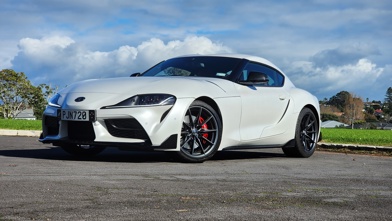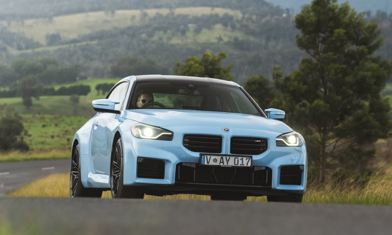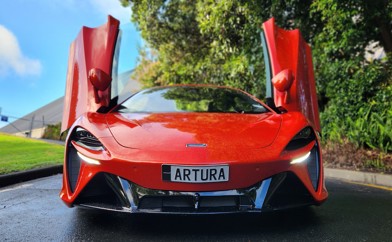When we go to a big international launch function, there’s usually an event team at the airport to pick us up; perhaps to make sure we don’t wander off and spend the time shopping. Transport to the venue is often a standard-issue shuttle, generic van-with-seats type of thing, or sometimes a product from the maker’s range.
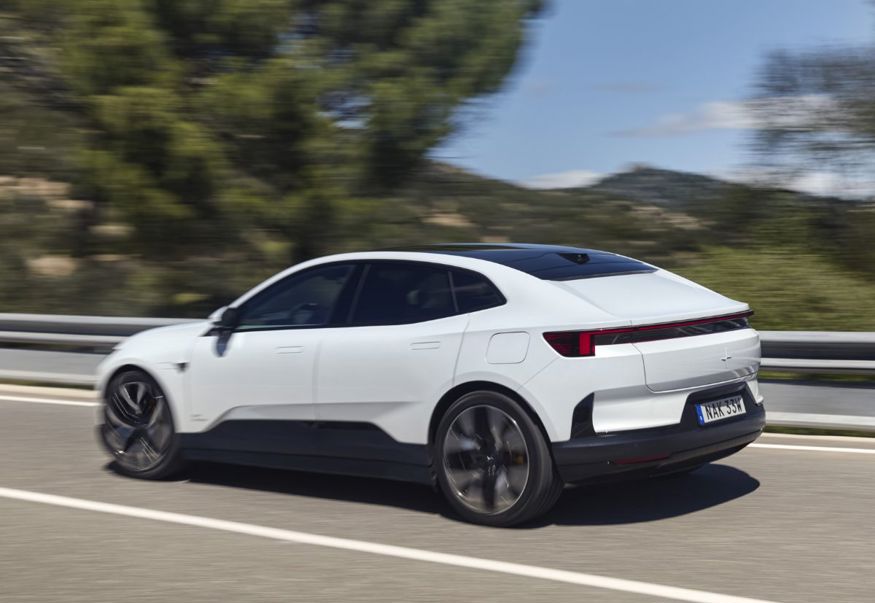
But not the thing we’re there to see and drive. Because most brands like to wait until the event proper, do the big reveal, go “ta-da!” and so on.
For the Polestar 4 EV launch in Madrid, there was a fleet of 4s ready and waiting at Barajas Airport. So our introduction to the car was the full Business Class back-seat experience; the thing everybody’s been talking about for so long.
The 4 is an SUV-coupe, but its design USP is that it has no rear window. This has allowed the rear header of that low roofline to be moved right back, liberating extra space for the rear occupants – who get to enjoy individually adjustable rear chairs and a pretty cosy ambience, with lots of light still coming in from the enormous panoramic glass roof.
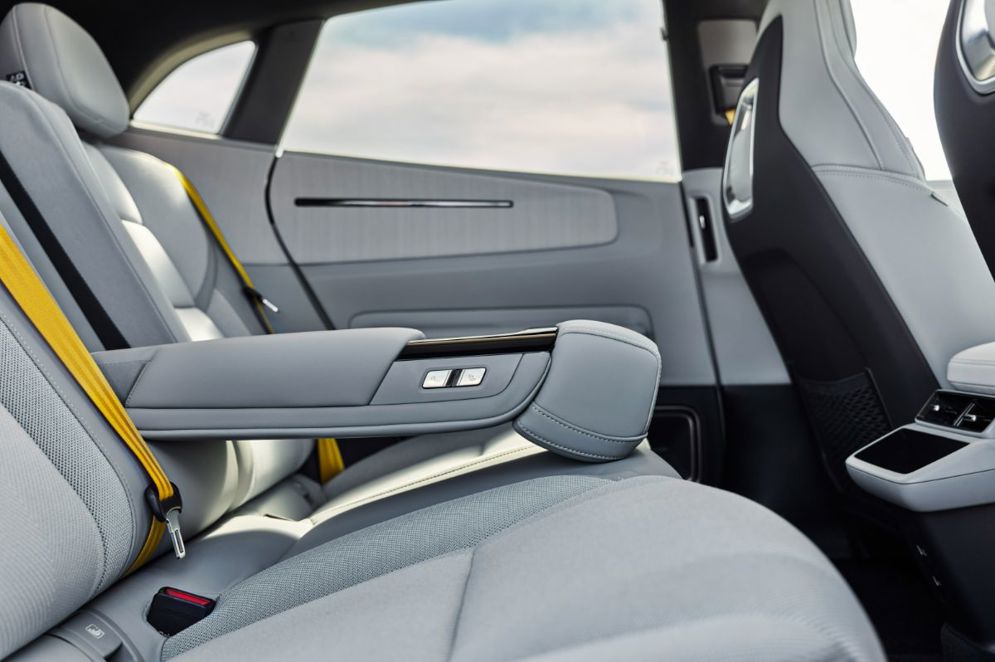
It's a pretty special way to travel and if the idea of a sporty coupe that offers a limo-like rear-seat experience seems a bit odd… Polestar people will enjoy that. It’s a company that likes to think of itself as a conduit for highly original thought, a disruptor. It says the 4 has all of the advantages of a coupe and none of the disadvantages.
Our introduction to the car was the full Business Class back-seat experience; the thing everybody’s been talking about for so long.
It’s hard to talk about Polestar 4 without talking about Polestar 3, because the two are a similar size and were launched almost simultaneously.
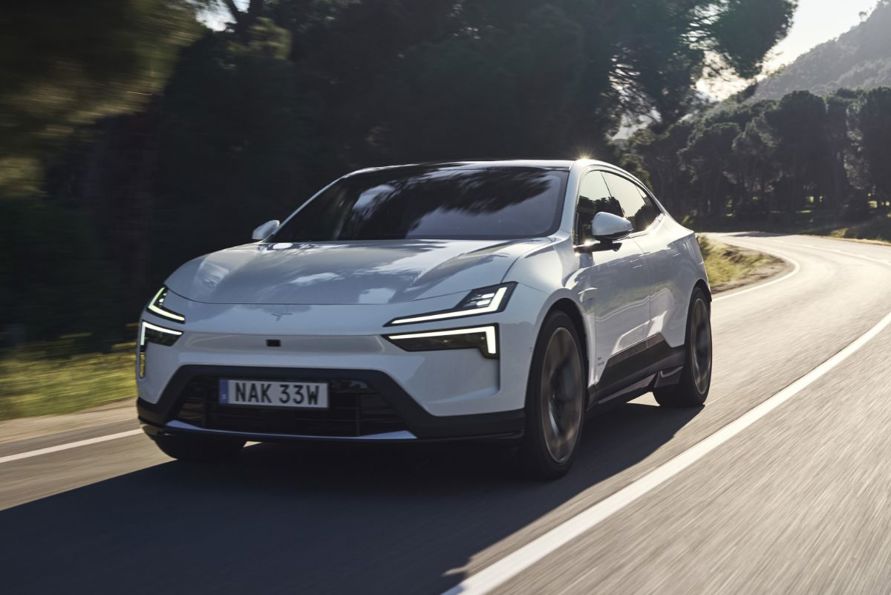
If you want a deep dive about the specific differences between the two you can read that here, but the plot summary goes thus: the 3 is a large SUV intended to have a very broad range of talents. The 4 is ostensibly a size smaller, although the wheelbases of the two are near-identical (hence the generous rear-seat space). But the 4 is lower, sleeker and tuned more for sporty driving: it’s the fastest car Polestar has made to date and the suspension is coil springs rather than the versatile air suspension of the 3, with adaptive dampers on the top dual-motor model.
Key rival for the 4 is the Porsche Macan Electric, but Polestar also has its eye on the forthcoming Audi Q6 e-tron and even the Mercedes-Benz EQC.
Ah yes, another big difference. The 4 might seem like the more exotic option, but it’s also the more accessible one. For New Zealand it opens at $119,990 in rear-drive format, a handy $50k cheaper than the entry-level, AWD-only 3. For that you get a massive 100kWh battery, 200kW peak power and 0-100km/h in 7.1 seconds. Range is an impressive 620km.
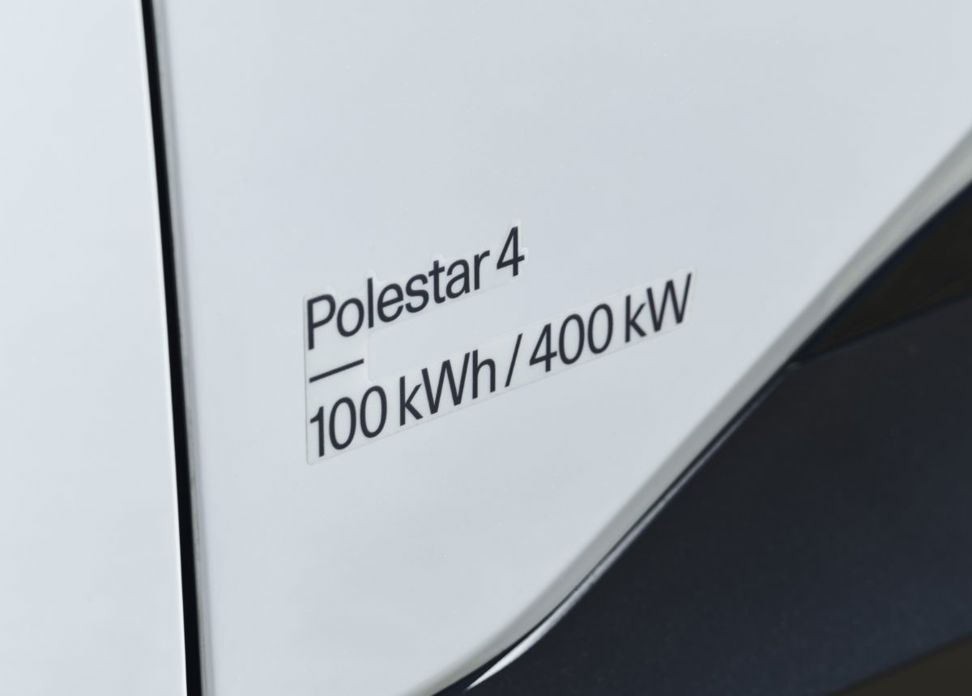
All Kiwi 4s get the full driver-assist Pilot Pack and Plus Pack (Harman Kardon sound, Pixel LED lights, rear screen and more) as standard; both are options in international markets.
The one-dimensional, slightly surreal high-res rear view takes a lot of getting used to.
The dual-motor model doubles the output to 400kW and almost halves the acceleration time, to just 3.8sec. Range is trimmed back a little, of course, but it’s still 590km; the front e-axle can disconnect while cruising to help with efficiency. The dual-motor seems like a relative bargain at $129,990, or for another $10,000 you can add the Performance Pack, with 22-inch alloys (the standard 4s are on 20in rims), Polestar Engineered chassis tuning, Brembo brakes and the all-important Swedish Gold accents.
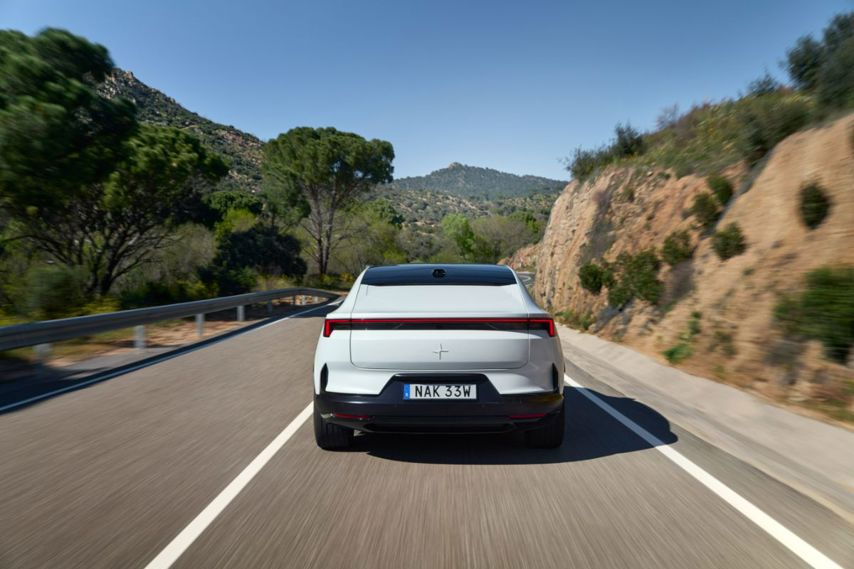
Given the hero status established by the Performance Pack in the 2, Polestar is also now offering a teeny taste of similar style for the new 4 with the $4000 Pro Pack, which brings special 21in wheels and gold-striped seatbelts.
Key rival for the 4 is the Porsche Macan Electric, but Polestar also has its eye on the forthcoming Audi Q6 e-tron and even the Mercedes-Benz EQC.
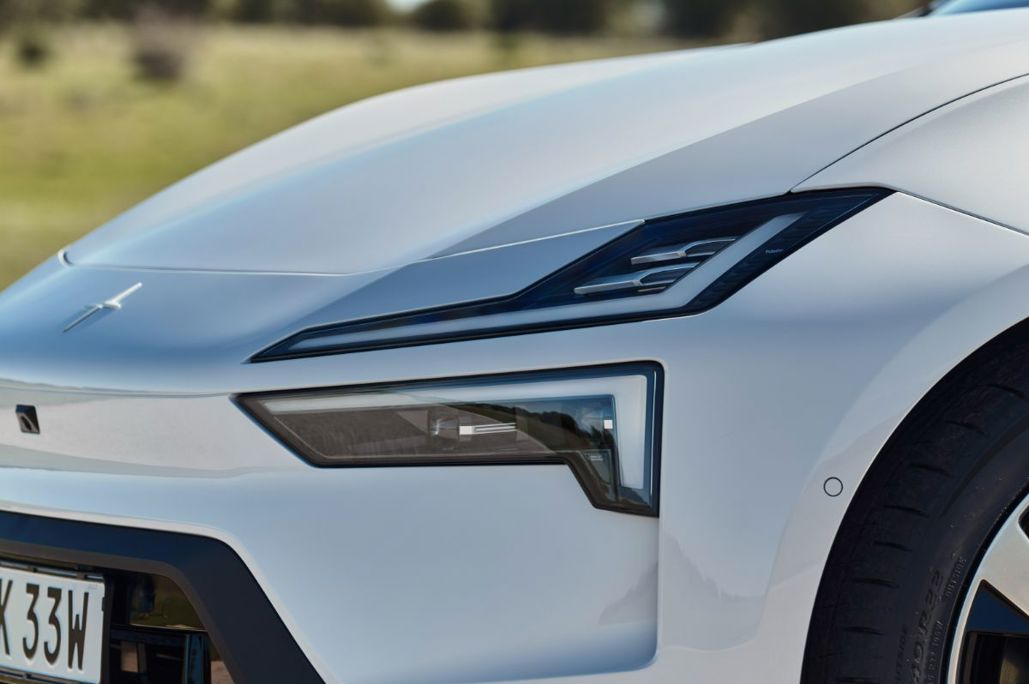
The 4 has a totally different visual style to the 3, which is all angles and integrated aero. The 4 is a sleek, smooth teardrop shape with very little added on: no spoilers or winglets required. It doesn’t have the SmartZone sensor panel at the front like the 2 and 3 because its driver-assistance systems are primarily camera-based, not radar. This makes it the most suitable in the range for expanded self-driving technology in the future.
It's a very different interior ambience too, but the basics are familiar: minimalist design dominated by a large centre screen. The display is landscape in the 4, not portrait.
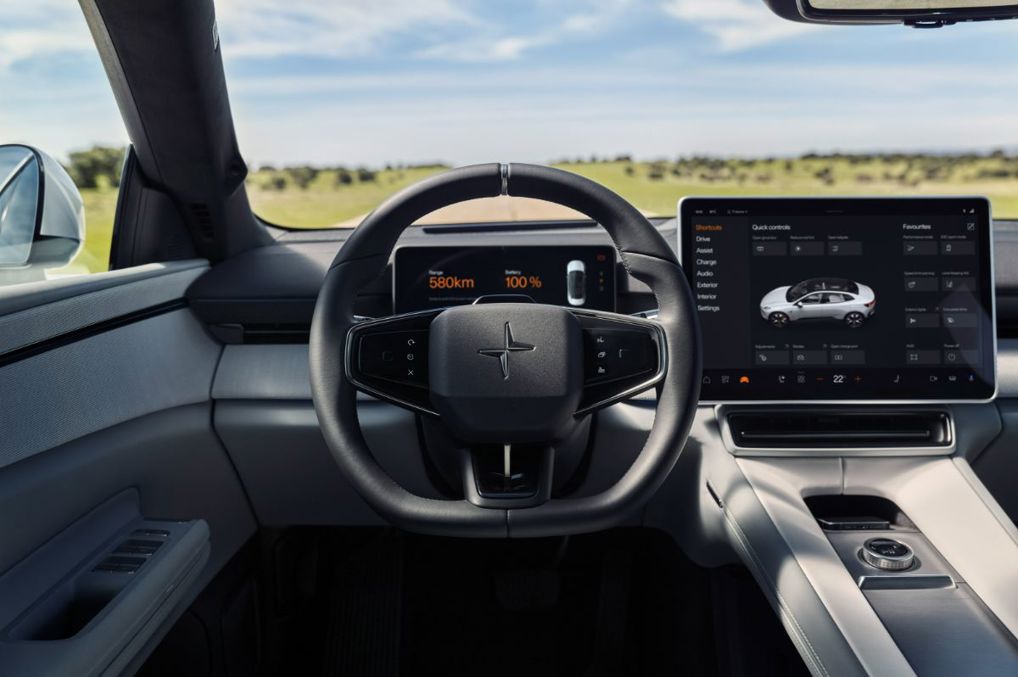
The 4’s operating system is a step beyond the 3; same sublime use of graphics and colours, but the infotainment display is now arranged around a split screen, which combines a dedicated map area (still adjustable) with the quadrant of widgets already familiar from other models. Still with a fully integrated Google OS, of course.
The 4’s cabin architecture has softer shapes than the 3 and Polestar has developed some new materials. In the pictures you’ll see an upholstery called Mist Tailored Knit, a new fabric made from 100% recycled PET bottles. “Soft tech” themed trim (also recycled) replaces conventional wood or metal panels with a semi-transparent textile that is backlit on the door panels.
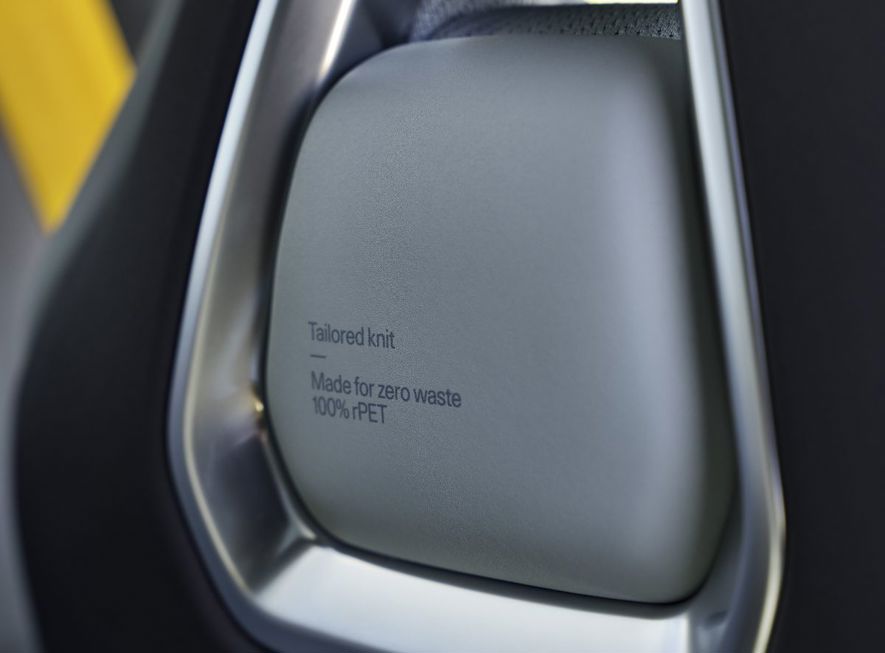
Lighting themes are a big part of the 4’s interior. You can choose from a variety of planetary themes and the infotainment can even supply you with some fun facts about your chosen world. If you think that’s an excuse for Polestar to have a corporate giggle about being able to feature “Uranus” a lot in its presentation and marketing materials, you’d be right.
Beyond all the sparkly stuff, this is a sporty coupe, so it has to be good to drive. We only sampled the dual-motor in Spain, which is another thing carmakers often do on big media launches: limit you to the top-end stuff. Well played, well played.
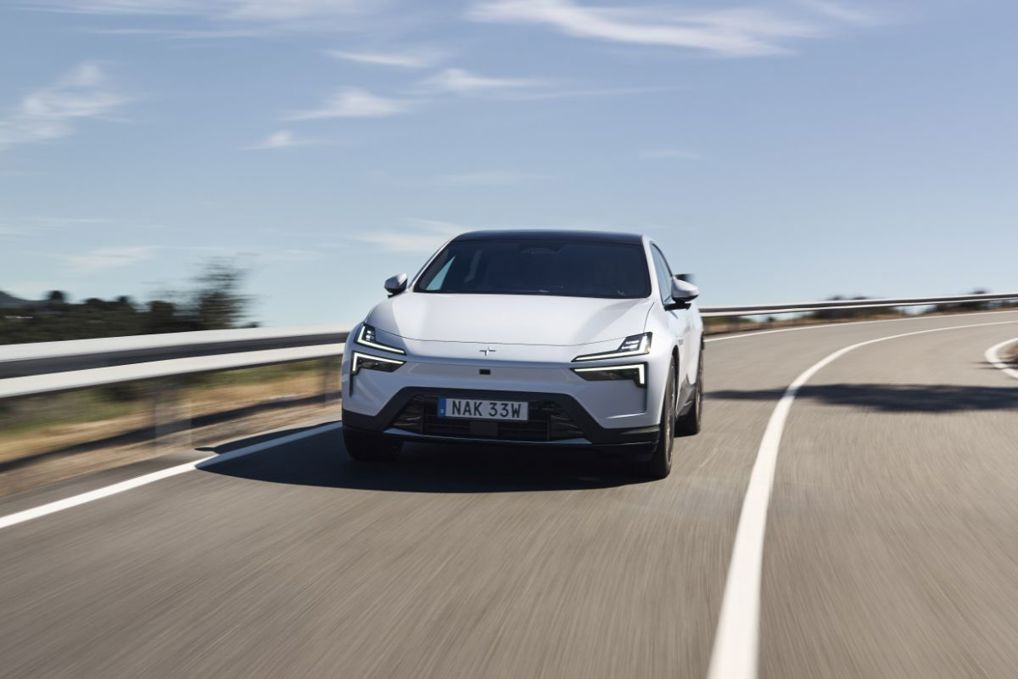
This 400kW coupe is stunningly fast of course, and feels especially surreal because you’re sitting in such a luxurious environment. Depending on the drive mode chosen, you can have brutal acceleration or a softer start, but it always feels fast.
Post-launch, we heard a whisper that the media cars had mistakenly been delivered with Chinese suspension settings, which are softer than the European setup we’ll get for NZ. If that was the case, the 4 was still pretty well controlled on the admittedly smooth roads in and around Madrid: even on the windy stuff it felt suitably sporting, partly thanks to the very low driving position and the weight of that big battery mounted low down and in the middle of the car.
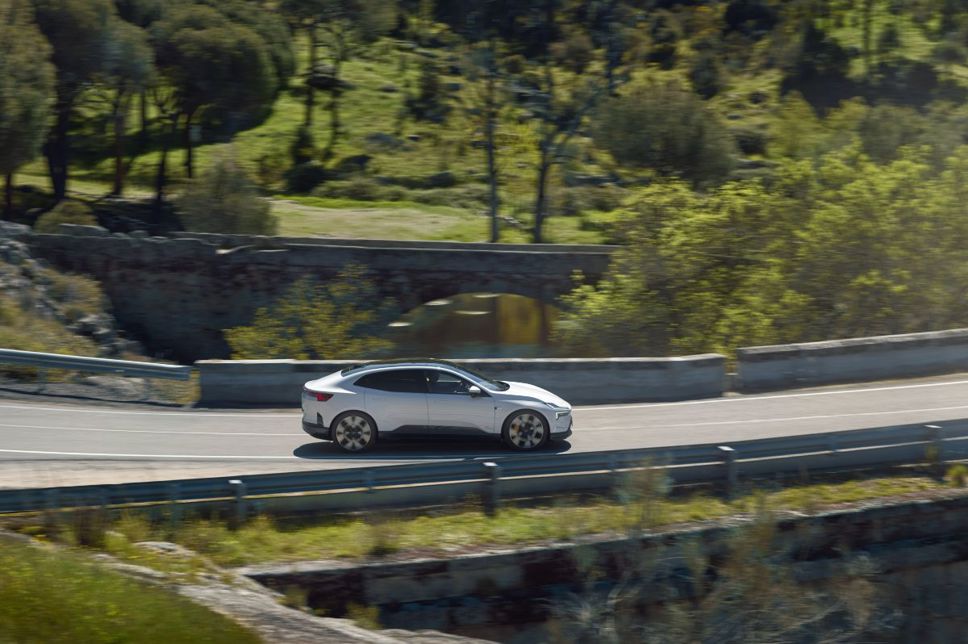
Time for the usual international-launch refrain that we’re looking forward to driving it on the narrow, bumpy backroad roads of NZ to see how well it handles our rather unique driving environment. If the Euro-spec 4 has the control and enough compliance to handle that, it'll be one awesome sports EV.
And in day-to-day driving this is one coupe that’s easy to pilot around town, because it has that extra bit of crossover/SUV ground clearance: 166mm, which is practical without being anywhere near the 3’s air-assisted range of 202-250mm.
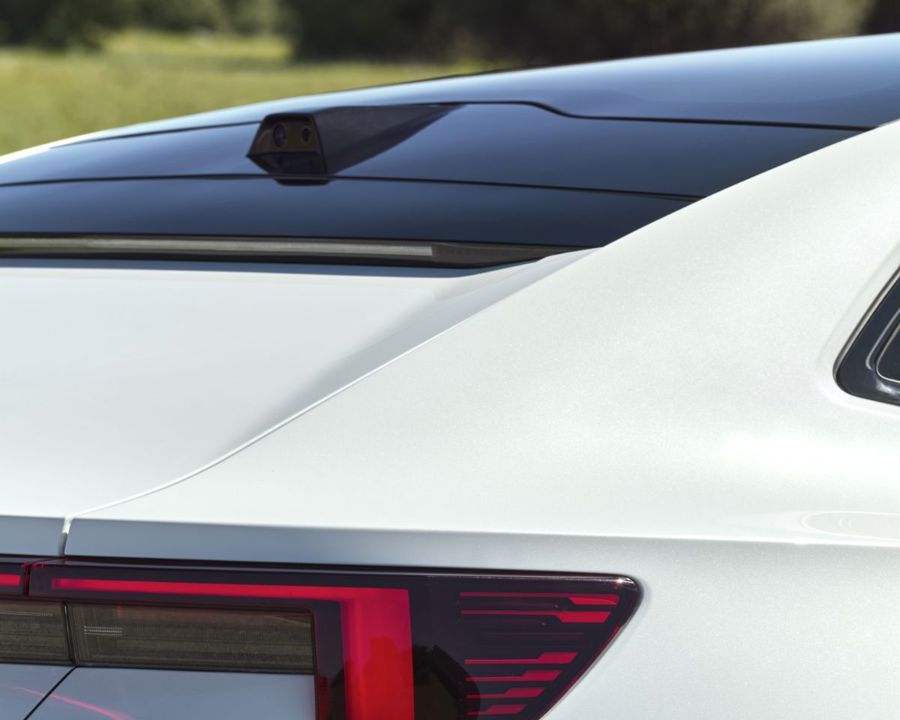
But let’s finish where we started: at the back. The key to making the 4’s unique rear-seat configuration work is the roof-mounted camera, which replaces the view out the rear window… that isn’t there.
Polestar claims the camera improves it, with a wider field of view, a clear feed even in adverse weather (it sits in a little shroud at the back of the roof) and improved vision in tunnels or at night.
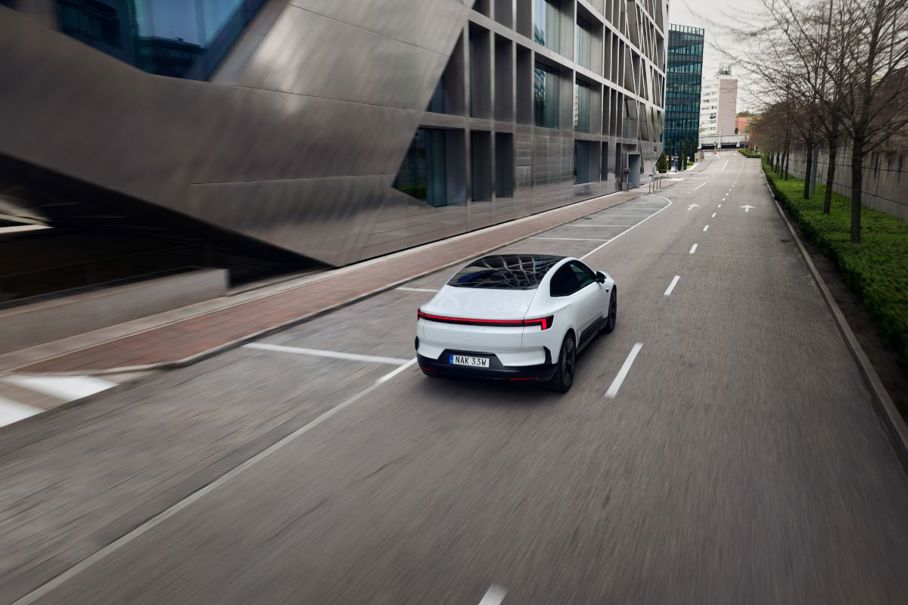
All of the above proved very much the case during our drive, but as with similar systems in other cars the one-dimensional, slightly surreal high-res view takes a lot of getting used to. Gentex (maker of this camera and others for around 125 different car models) has researched this issue and says the acclimatisation time depends on the user; it can take anywhere from a few hours to a few days.
Also interesting is Polestar’s decision to retain conventional glass side mirrors, rather than use cameras there too – as is the fashion among many EV makers. We’re paraphrasing here, but the company reckons such things are a bit of a gimmick because there’s no real aerodynamic disadvantage to having a large side mirror; it’s not in the way of the airflow.
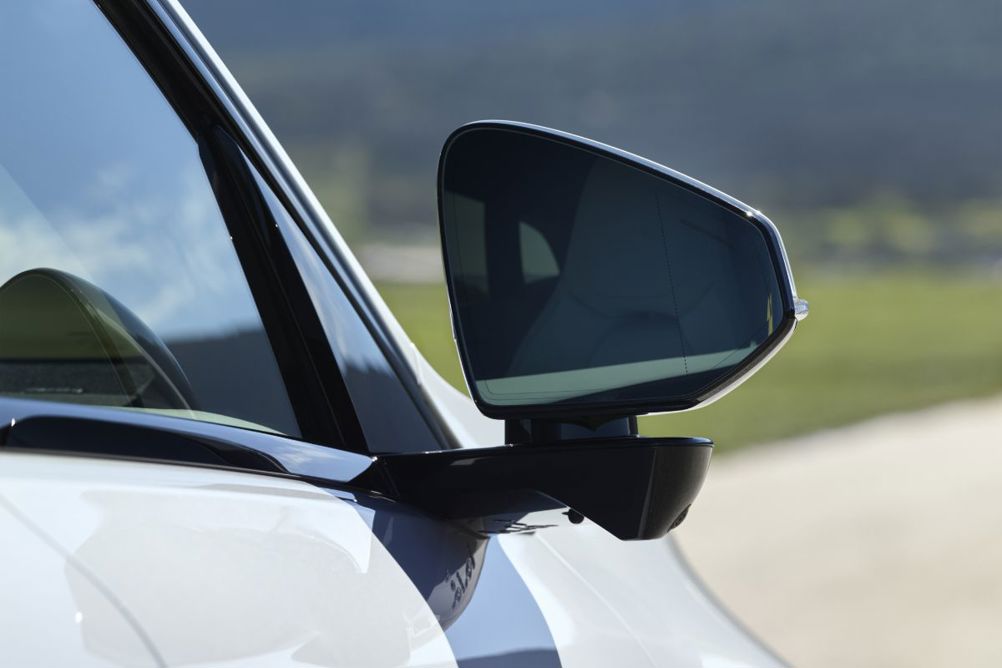
More to the point, it’s more important to have a proper three-dimensional view in the side mirrors, for more accurate placement of the car while driving and parking. Polestar thinks about these things. It thinks about a lot of things.
BATTERY: 100kWh battery with single or dual electric motors POWER: 200kW (single) or 400kW (dual) GEARBOX: Single-speed, RWD or AWD 0-100KM/H: 7.1-3.8 seconds RANGE: 590-620km (WLTP) PRICE: $119,990 to $129,990.

